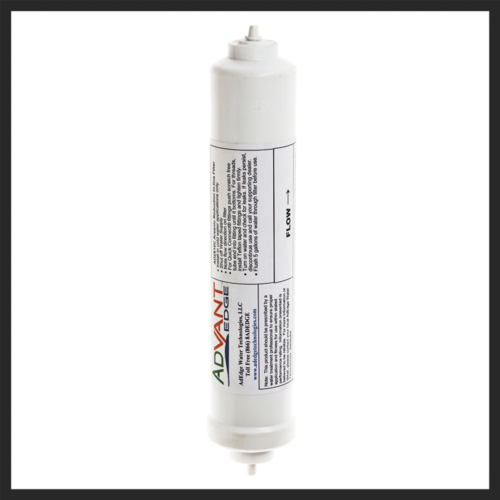
The Truth About Arsenic In Drinking Water and How to Protect Yourself
- Tags:
- water treatment

As a homeowner, it's important to be aware of any hazards in and around your home. One hazard homeowners are becoming more aware of is the incidence of arsenic in drinking water. Arsenic is a toxic chemical that occurs naturally in the environment, but can also appear as a byproduct of agricultural and industrial practices. As a result, it can enter the water supply through the ground naturally, or as a result of runoff into surface water sources. If a water test indicates the presence of arsenic, you should seek the advice of an expert on water treatment.
Arsenic in Well Water in NH and MA
A recent USGS study found that nearly 40% of New Hampshire’s bedrock groundwater likely contains at least low levels of naturally occurring arsenic. USGS director Marcia McNutt recently said , “Arsenic is naturally occurring in the bedrock of New Hampshire, and under certain conditions more or less of it will leach from the rocks into the groundwater that people drink, making it a potential health hazard if left untreated.” It has also been detected at levels exceeding safe limits in many private wells in central and northeastern Massachusetts.
Safe Drinking Water Act
Congress passed the Safe Drinking Water Act in 1974. This law established regulation and enforcement procedures ensuring the protection of drinking water. The goals are expressed in a measurement know as MCLGs or maximum contaminant level goals. The MCLG for arsenic is set at 0 parts per billion.
While the MCLG is 0 ppb, the enforceable standard is called the maximum contaminant level. MCLs are set as close to the MCLG as possible and consider cost, benefits and the ability of public water system to detect and remove contaminants using current technologies. The current MCL standard for arsenic is 10 ppb and applies to all community water systems. (10ppb is roughly the equivalent of a few drops of ink in an Olympic sized swimming pool) This standard also applies to non-transient, and non-community water systems.
Is My Drinking Water Safe?
Any water system that serves more than 15 locations or 25 people year round is classified as a community water system. By law, they are required to send you an annual water quality report, listing any contaminants found during testing.
The EPA also requires immediate notification whenever water supplies violate the 10 ppb standard. You’ll not only be notified but will also receive information on the steps taken to remediate the problem. Community systems are tested annually. The exception is if you receive water through an individual well or non-community supply system.
What If I Have A Water Well?
If you’re planning on building or buying a home, or if your current home is serviced by a well, testing is highly recommended. If you don’t test, you may not know if there are health risks to your family, or what problems may arise later. If testing comes back clear, or you’ve already treated your well you can rest easy. It’s good practice to perform annual checks to make sure a problem doesn’t occur later.
Testing a well is your responsibility and it should not be taken lightly. It’s estimated that only .35% of the population suffers from arsenic contamination. If you are unsure, it’s best to test annually. It’s a smart decision the will give you and your family tremendous piece of mind.

